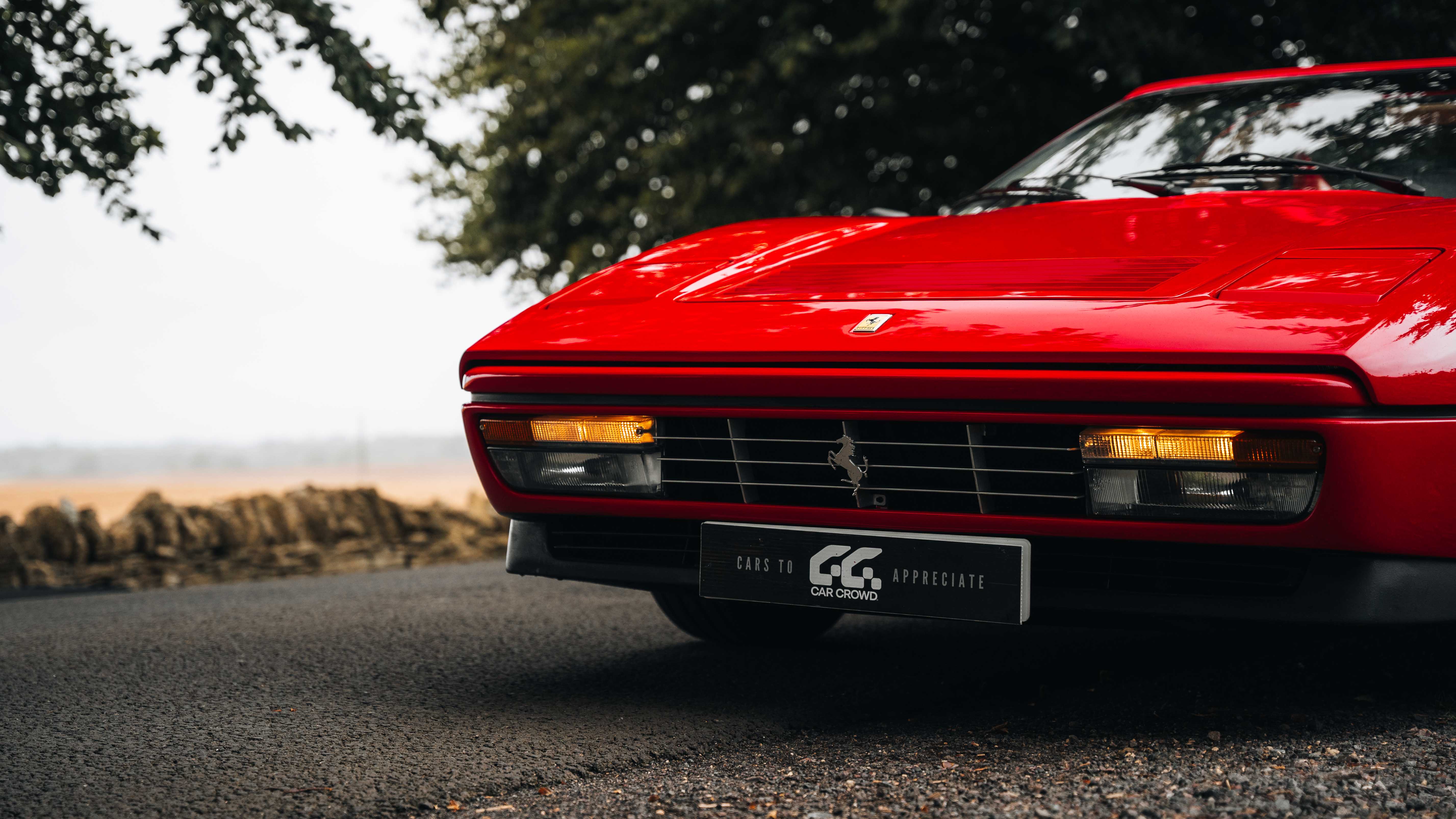How to Evaluate Collectibles for Investment Value
Investing in collectibles has become a popular way to diversify portfolios, with items ranging from rare coins to vintage cars and fine art.
As demand for these treasures grows, it's important to understand how to evaluate collectibles for investment value. Whether you're considering art, sports memorabilia, or even comic books, knowing the factors that influence the potential return on your investment is crucial.
In this blog, we'll break down the key elements to look for when evaluating collectibles and how you can make informed decisions about where to place your money.
Understand the Market Demand
The first and most important factor to consider when evaluating collectibles is market demand. If there’s a high demand for a particular collectible, it increases the likelihood that its value will appreciate over time. To gauge market demand, start by researching the history of the item.
For example, limited-edition prints from renowned artists or vintage baseball cards from Hall of Fame players often see a steady increase in value as they become rarer.
Keeping an eye on auction results, industry reports, and online marketplaces can also give you a clear idea of the demand for a specific collectible.
Rarity and Scarcity
Rarity plays a pivotal role in determining the investment value of a collectible. The scarcer the item, the higher the potential value. However, scarcity alone doesn’t automatically guarantee a high return; the collectible must also have significant appeal to potential buyers.
For example, a rare comic book with a famous superhero might see a surge in value due to the character's increased presence in movies or TV shows. Similarly, sports memorabilia associated with significant events, such as a jersey worn during a championship game, may become more valuable over time.
aShareX offers access to a range of rare collectibles, helping you find items that are not only rare but also in demand.
Condition and Grading
The condition of a collectible significantly impacts its investment potential. Collectibles in mint or near-mint condition will fetch higher prices than those with noticeable damage or wear.
Many collectibles, such as comic books, coins, and sports cards, are graded by professional services. A grading system gives investors an objective way to assess an item’s quality, helping them determine its value accurately.
For instance, a graded comic book with a high rating will often command much higher prices than an ungraded or lower-graded version.
When evaluating collectibles for investment, always check if the item has been professionally graded, as this can have a considerable impact on its market value.
Provenance and Authenticity
The provenance, or history of ownership, is another crucial factor in evaluating collectibles. Items with well-documented provenance, such as being owned by famous individuals or having been part of a significant collection, tend to have higher value. This can add an extra layer of appeal for potential buyers who value the story behind the object.
Additionally, authenticity is paramount. Counterfeit items or those with questionable provenance can lose their investment potential quickly.
A well-established authentication process is necessary to ensure that the collectible is genuine.
The Historical Significance
Certain collectibles rise in value because they hold historical significance. These items can range from vintage military memorabilia to iconic pieces of pop culture. The more meaningful the item is to history, the more likely it will appreciate in value.
For example, historical documents signed by influential figures or a piece of art painted during a significant cultural movement can increase in worth as the years go by. If you're considering such an item for investment, assess its historical relevance and potential interest from collectors and institutions that might value its importance.
aShareX gives you access to collectibles with potential historical significance, ensuring that you're investing in items with the potential to increase in value due to their cultural or historical relevance.
Market Trends and Timing
The market for collectibles is influenced by trends, which can change rapidly. An item that’s in high demand today may lose value if it falls out of fashion, so it's important to stay up to date on market trends.
Seasonal fluctuations and economic factors can also impact the market for collectibles. For instance, certain collectibles may see a surge in demand during economic booms when disposable income increases, while others may decrease in value during recessions.
Being able to predict or follow these trends is essential to making the right investment decisions.
Liquidity and Exit Strategy
When evaluating collectibles for investment, it's crucial to consider their liquidity - the ease with which you can sell them. Not all collectibles are liquid, and some may take time to sell at the desired price. Some rare collectibles may require finding the right buyer, and certain markets might be slower to react than others.
Having an exit strategy in mind is a smart approach to investment. If you plan to sell your collectibles in the future, ensure that there is a healthy market for them.
Long-Term Value vs. Short-Term Profit
Finally, consider whether you’re investing in collectibles for long-term appreciation or short-term profit. Many collectible items require patience, as their value may increase slowly over time.
However, certain items, like limited-edition releases, may experience a sharp rise in value right after release.
Understanding the difference between long-term and short-term investment potential is key to developing a strategy that works for you.
When evaluating collectibles, be realistic about your expectations and timeline.
Conclusion
Investing in collectibles can be a rewarding venture, but it requires a thoughtful approach and careful evaluation.
By considering factors like market demand, rarity, condition, provenance, historical significance, and market trends, you can make informed decisions about which collectibles are most likely to deliver strong returns.
With tools and insights from aShareX, you can confidently navigate the world of collectible investments and build a portfolio that not only reflects your passions but also offers financial growth.









Leave a Comment